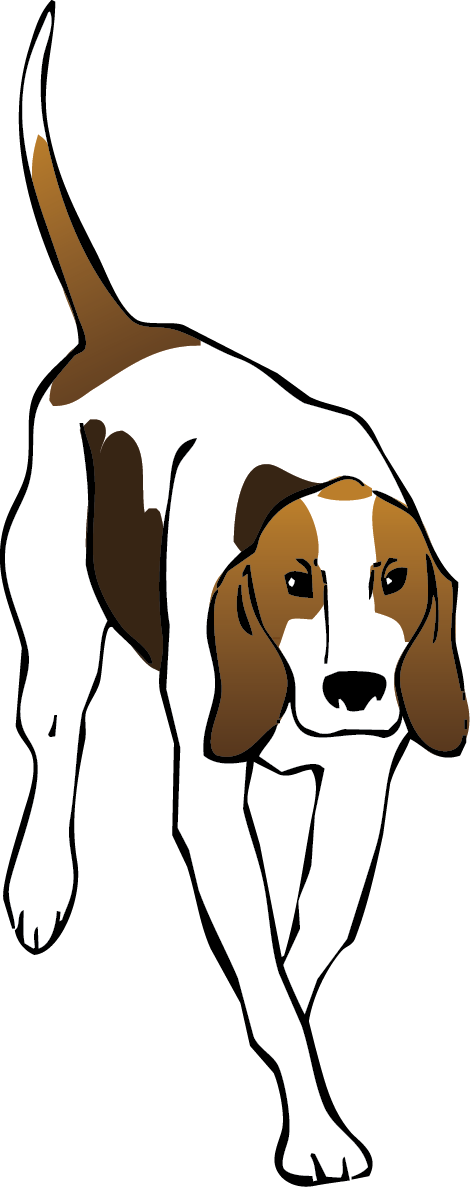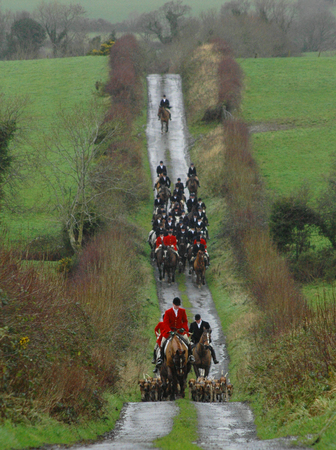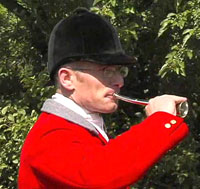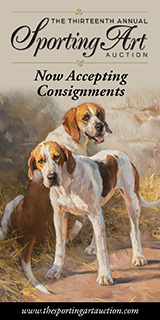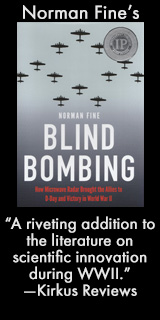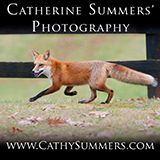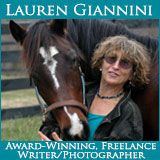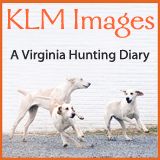huntsmen
Hunt-to-Huntsman Relations: A Matter of Concern?
Sidney Bailey retired in 2005 after serving as professional huntsman for the Vale of the White Horse (UK) for forty-three seasons.Foxhunting Life readers demonstrate enormous interest in our articles covering the migration of huntsmen each year at about this time. (See “Huntsmen on the Move,” published last month.) Nancy Mitchell, who has hunted hounds at the Bijou Springs Hunt (CO) over a period of sixteen years, wants to know the why of it.
“I’m curious to know what motivates this ‘spring dance of the huntsmen,’” Nancy wrote. “What circumstances create this phenomenon? Money? Prestige? Politics? Age?”
We thought it was an interesting subject for our Panel of Experts, so we asked Jerry Miller, MFH, C. Martin Scott, ex-MFH, and Hugh Robards, ex-MFH, to weigh in on Nancy's question.
Alan Reilly: New Huntsman at County Louth Foxhounds
Alan Reilly takes over next season as huntsman for the County Louth Foxhounds on the east coast of Ireland. He replaces Noel McKeever who has a had a recurring knee injury. McKeever has hunted the pack since 2002 when he took over from his father Michael who had whipped-in and hunted the pack for forty-two seasons. Reilly, a farrier by trade, has hunted with the County Louth Foxhounds since he was a teenager. He whipped-in to the Louths before furthering his experience as whipper-in to Charlie Gundry, huntsman of the Kilkenny Foxhounds. A serious fall sidelined him for a couple of seasons. On returning to the Louths, he whipped-in to Noel McKeever and will now carry the horn for this famous Old English pack that has been hunting some of the best ditch and stonewall country since 1817. The Louth hunting country is only thirty minutes from Dublin Airport. Visitors are welcome, and hirelings are available. Posted April 15, 2011
Read More
Steve Farrin Wins North American Horn Blowing Championship
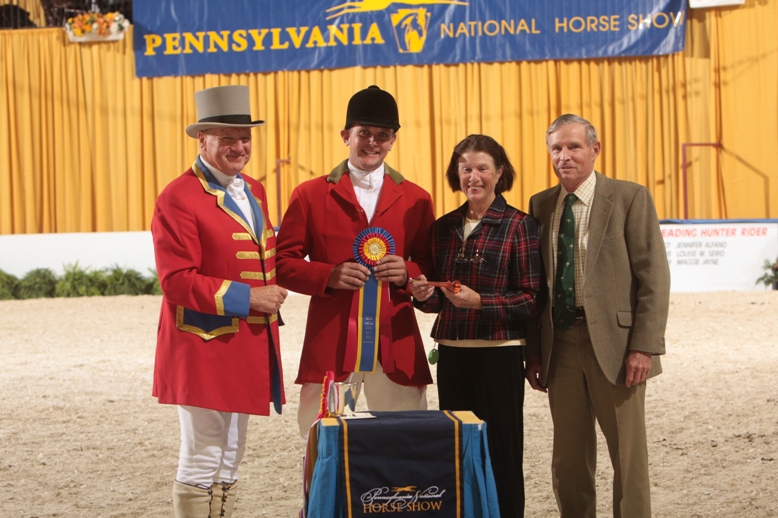
Steve Farrin displays championship ribbon presented by MFHs Sheila Jackson Brown and J.W.Y. Martin, Jr. (right).
-Al Cook photo
Amwell Valley huntsman Steve Farrin blew a flawless set of horn calls to best two-time winner John Tabachka and claim the 2010 North American Horn Blowing Championship. Contestants were asked to blow Moving Off, Gone Away, Gone to Ground, and Going Home. The judges proclaimed a tie after the first round, and Farrin and Tabachka were called back to blow one more call of their own choosing. Tabachka blew Going Home, demonstrating amazing control of the stretched out and slowly modulated volume, but Farrin won the night with his Gone Away.
The Part-Time Whipper-In
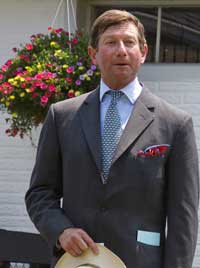
Nigel Peel, MFH
Karen L. Myers photo
Karen L. Myers photo
The Question
"I have read Lt. Col. Foster’s book Whipper-In which states the basic premise that whips must know the names of each hound to truly be of assistance," writes Kathy Rubin. "What contribution can I make as an honorary whip when I cannot devote the time to know each hound? Where should I set my sights so I can be of help to my huntsman despite the fact that I cannot be with hounds on a daily basis? I believe many of the smaller hunts in the country face the same problem. Can you give me some guidance and recommend additional reading?"
Knowing that Messrs. Scott, Robards, and Peel—world authorities on the subjects of foxhounds and the hunting of hounds in the field—are geared to thinking at the most sophisticated levels of hound management, I had to wonder, as I posed Kathy’s question to them, if they could truly identify with her less than ideal aspirations. They did. But at the same time, they didn’t let her completely off the hook.
Why the Extra Half-Couple in the Pack?
C. Martin Wood, MFH / Karen L. Myers photoWhy do most huntsmen make up their packs for a day’s hunting with an odd number of couples, e.g., twelve-and-a-half couples rather than just twelve couples. Is there any practical reason? asked Kathy Rubin.
Three members of FHL's distinguished Panel of Experts offer not only their opinions, but expand their answers with sound hunting advice.
Calls on the Horn: A New Video
FHL is proud to announce our first video production, Calls on the Horn with John Tabachka. In the seven-minute video, John blows eight calls and explains when and why the calls are used by your huntsman. John Tabachka is huntsman at the Deep Run Hunt near Richmond, Virginia. He is a two-time winner of the National Horn Blowing Championship at the Pennsylvania National Horse Show in Harrisburg. Since John filmed the video, he’s been on a roll, winning the horn blowing contests at both the Virginia and the Bryn Mawr Hound Shows in May! John’s video, live on our site, is also available on DVD in the FHL Bookstore.
Read More
Huntsmen of Our Time
Excerpts from Huntsmen of Our Time by Kenneth Ligertwood, Pelham Books, London, 1968 (Out of print, but used copies are available on the Internet)
This book, containing a collection of articles first published in Horse and Hound (UK), was brought to my attention by Dennis Downing, huntsman at the Blue Ridge Hunt (VA). Each story—forty-five in all—profile an outstanding English huntsman of the author’s time. Here are short excepts from three of the stories to give you a flavor of this delightful book.
